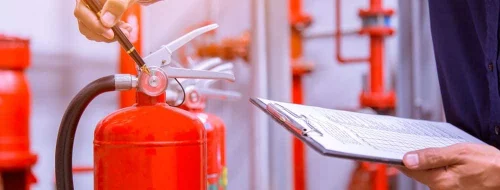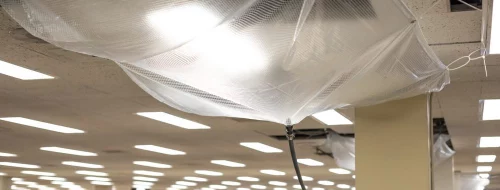A fire is a catastrophic event in any structure, whether it’s a residential property, an office building, or a business. Blazes can cause millions of dollars worth of damages and loss of income. Worst of all, they can cause injuries or deaths.
Unfortunately, fires in commercial buildings and multi-family dwellings are all too common. According to the National Fire Protection Association, there were 86,000 fires in multi-family structures or apartment buildings in 2021 causing $1,629,000 in damages.
As a building owner or manager in the Chicago area, you can’t control everything that happens to your property. But you can create a plan to minimize the chance of a destructive fire and keep your property and tenants as safe as possible.
Different seasons bring different fire safety challenges. For example, here in the Chicago area, our warm summers mean outdoor barbecues are more common while our freezing winters send us indoors to huddle up in front of a glowing fireplace. These seasonal shifts are an ideal time to renew your fire safety plan and communicate it to your tenants.
Here’s how to create a plan:
1. Be ready to respond
Managing a commercial building of any kind, but especially a multi-family property comes with tremendous responsibility. One of them is responding immediately in the event of a fire. You should know what your response will be before a tragic event is underway. Ensure your alarm system has technology that alerts you, first responders, and tenants as soon as a fire occurs.
2. Conduct drills for your maintenance team and tenants
Be sure your maintenance team is properly trained in how to shut off the building’s utilities including water, gas, and electricity. Conduct regular drills to teach them how to respond if there’s an emergency.
Hold fire drills for residents at least once a year. Ensure they have a way to contact you with questions or concerns. When conducting drills, discuss fire prevention measures they can take in their own homes.
3. Build an evacuation plan and post it in common areas
Are there evaluation maps posted visibly on each floor of your building, at exits, elevators, and stairs, and in each unit? Include a safe place to meet outside. Every room in each apartment should have two ways out.
Mark all emergency exits, fire-safe stairwells, and post easy-to-read directional information in hallways. Make sure all halls and lobbies are well-lit so residents can see where they’re going if the air is filled with smoke.
Don’t forget to create a plan for residents or tenants who have mobility challenges. Consider installing an emergency evacuation chair for them to use when elevators aren’t available. Evaluate your entire plan regularly and make modifications as needed.
4. Ensure fire protection equipment is up to date and in working order
You must have fire extinguishers, a sprinkler system, and carbon monoxide and smoke detectors installed on your property. Enlist professionals to inspect, test, and maintain them regularly so they are reliable. You don’t want to wait until a fire is underway to find out the batteries have run out in your third-floor smoke detector.
5. Review all fire codes and ensure you are compliant
Fire inspectors sometimes do surprise visits! Be certain that all equipment is up to code and make sure you aren’t breaking any rules that may prevent you from being covered by insurance. If you’re unsure about your building’s fire safety requirements, consult the National Outline of Fire Codes and Standards.
6. Create outdoor fire regulations
If your building has outdoor areas, write policies about fire pits and grills. If you allow them, check your local Chicago area ordinances about possible restrictions. Be sure your tenants know that they should never leave grills or fire pits unattended and that they must be locked up when not in use.
7. Create a no smoking policy
Consider asking new tenants to sign a no smoking policy as part of their rental agreement. Ask existing tenants to sign the agreement before renewing their lease. Create dedicated areas outside the building where smoking is allowed.
What if the unthinkable happens?
Even with an iron-clad fire prevention plan, fires still occur and cause major damage. The experts at McMahon Services provide comprehensive fire damage services in Chicago and surrounding areas including Arlington Heights, Berwyn, Des Plaines, Evanston, Mount Prospect, Grayslake, Mundelein, Libertyville, Oak Park, Palatine, Wheaton, Naperville, Waukegan, Schaumburg, and Skokie.
We are prepared to respond and get your multifamily property back to normal as soon as possible. Contact us to start restoration services today!








0 Comments